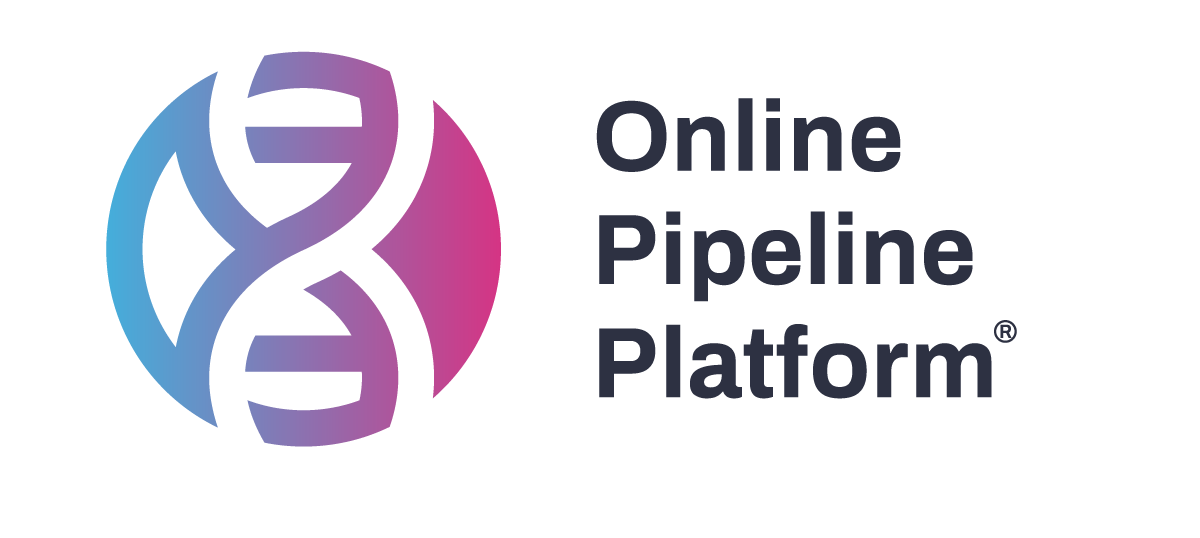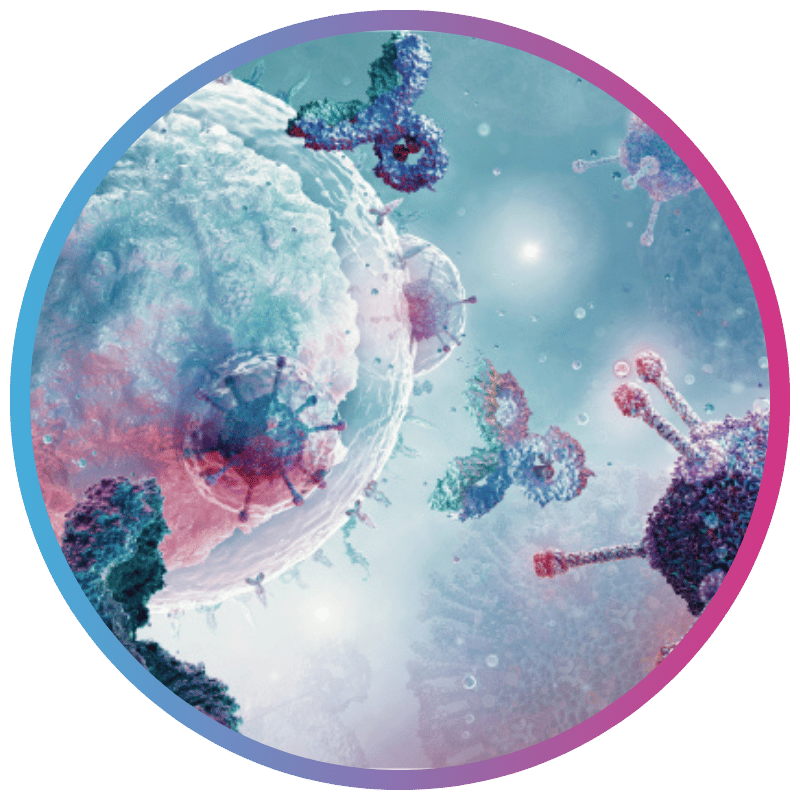Unlock the full potential of ChIP-Seq analysis with a pipeline built for precision, flexibility, and user accessibility. Designed for intuitive input customization, this workflow adapts effortlessly to diverse experimental setups while ensuring robust and reproducible results. Automated pre- and post-processing reports provide clear insights into chromatin interactions, helping users—from beginners to experts—focus on biological discovery rather than technical challenges. Whether identifying transcription factor binding sites or analyzing histone modifications, our pipeline streamlines complex analysis into an efficient, reliable process.

Identification of binding sites for DNA-associated proteins
Analysis of transcription factors, histones, and chromatin remodelers
Extraction of meaningful biological insights from protein-DNA interactions
Experience the future of bioinformatics analyses with Online Pipeline Platform (OP2) today!
How the ChIP-seq pipeline works
The pipeline combines automation, precision, and scalability to deliver gold standard analysis of ChIP-seq data, empowering researchers to uncover critical insights into gene regulation, epigenetics, and chromatin biology.

Pre-processing stage of ChIP-seq pipeline
1. Input – Handles single- or paired-end compressed raw FastQ files with reference genome options (GRCh38, GRCh37, GRCm38, TAIR10)
2. Sequence QC – Evaluates raw read quality and discards low-quality sequences
3. Trimming – Filters irrelevant reads to ensure clean data
4. Alignment – Aligns reads to the reference genome, handles duplicates, and merges libraries
5. Peak detection – Identifies and annotates protein-DNA interaction sites and generates consensus peaksets
6. Visualization – Performs clustering and PCA analysis with preparation for IGV visualization
Post-processing stage of ChIP-seq pipeline
1. Peak quality control – Assesses the quality of aligned reads and peak-called regions
2. Peak annotation – Identifies regions of interest and annotates them relative to genomic features
3. Motif analysis – Discovers enriched motifs and matches them to known transcription factor binding sites
4. Differential binding – Compares binding events across conditions to identify biologically relevant changes
Transform your research with OP²
Discover how OP² can accelerate your scientific discoveries.
Experience seamless NGS data analysis, powerful collaboration, and complete control—no commitment, no risk.
"*" indicates required fields
To access the online pipeline platform, log in here.


